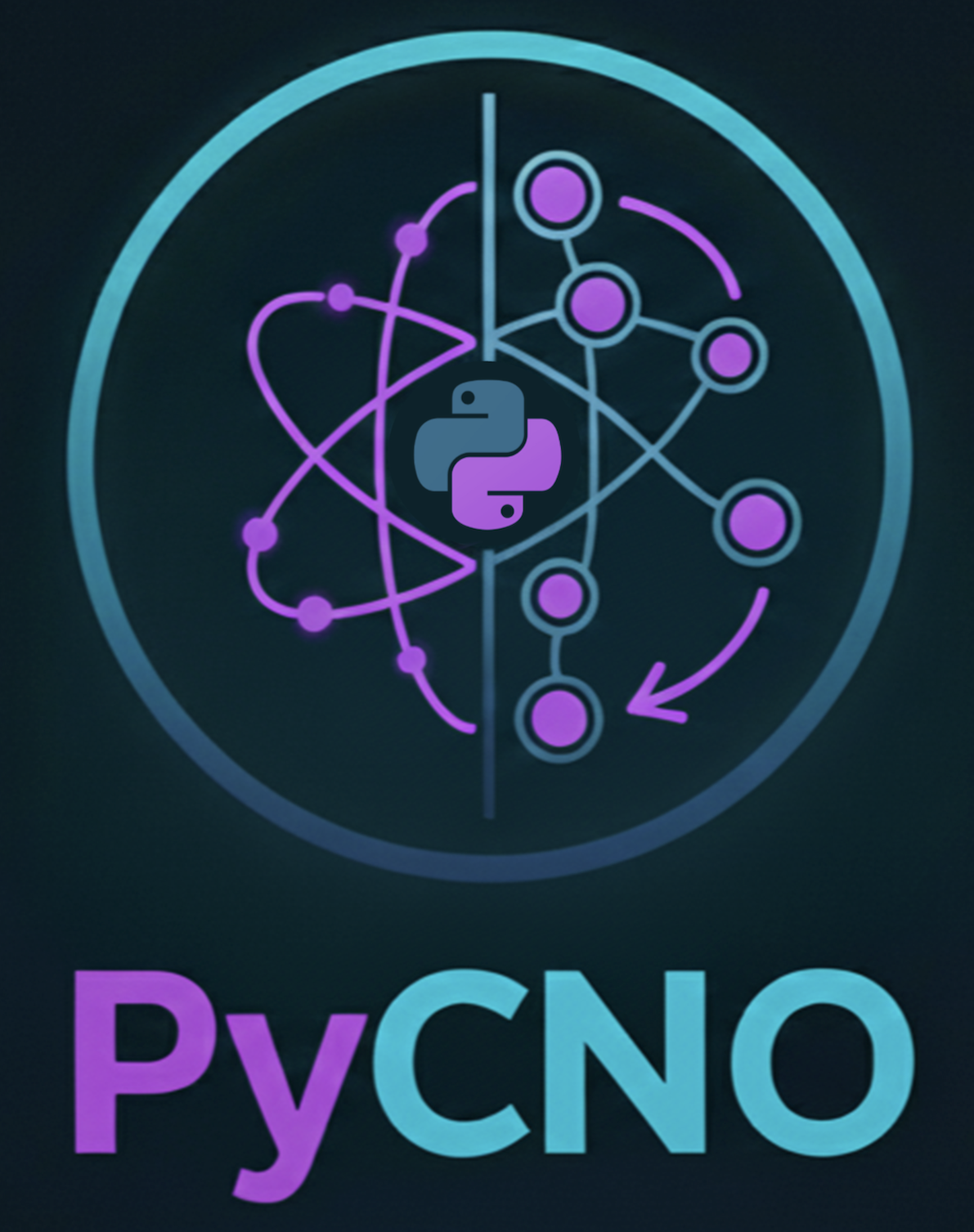
Description
PyCNO is an open-source Python package for computational nuclear oncology (CNO). It aims to provide advanced computational tools, including physiologically based pharmacokinetic (PBPK) and pharmacodynamic (PD) modeling in radiopharmaceutical therapies (RPTs). It enables improved understand and modeling of various phenamena. It also enables Virtual Theranostic Trials (VTTs) and studies towards optimization of pre-therapy and therapeutic PET and SPECT imaging as well as RPTs; digital twinning and predictive dosimetry.
Where to find it?
Github: https://github.com/qurit/PyCNO
To learn more about the field of CNO, see:
1) YouTube Presentation: "What is Computational Nuclear Oncology?"
2) Paper from the SNMMI CNO Working Group:
T. Yusufaly, E. Roncali, J. Brosch-Lenz, C. Uribe, A. K. Jha, G. Currie, J. Dutta, G. El-Fakhri, H. McMeekin, N. Pandit-Taskar, J. Schwartz, K. Shi, L. Strigari, H. Zaidi, B. Saboury, A. Rahmim
Computational Nuclear Oncology Towards Precision Radiopharmaceutical Therapies: Current Tools, Techniques, and Uncharted Territories
J. Nucl. Med., vol. , 2025
The latest release includes a prostate-specific membrane antigen (PSMA) PBPK model, with both full and reduced versions (example of the latter is shown here).
Key Features:
- Python-native implementation – easily integrated into research pipelines.
- SBML compatibility – models can be built in MATLAB SimBiology and exported for Python use.
- Open-source & accessible – run advanced PBPK models without a MATLAB license.
- Extensible framework – designed to support multiple radiopharmaceutical models and optimization methods.
Future directions include PD modeling (including radiation biophysics), digital patient twinning, optimization tools for clinical data fitting, and expanded modeling resources.
How to cite PyCNO?
If you use PyCNO, please cite the following paper:
A. Fele-Paranj, B. Saboury, C. Uribe, A. Rahmim
Physiologically Based RadioPharmacoKinetic (PBRPK) Modeling to Simulate and Analyze Radiopharmaceutical Therapies: Studies of Non-Linearities, Multi-Bolus Injections, and Albumin Binding
EJNMMI Radiopharmacy and Chemistry, vol. 9, pp. 6, 2024